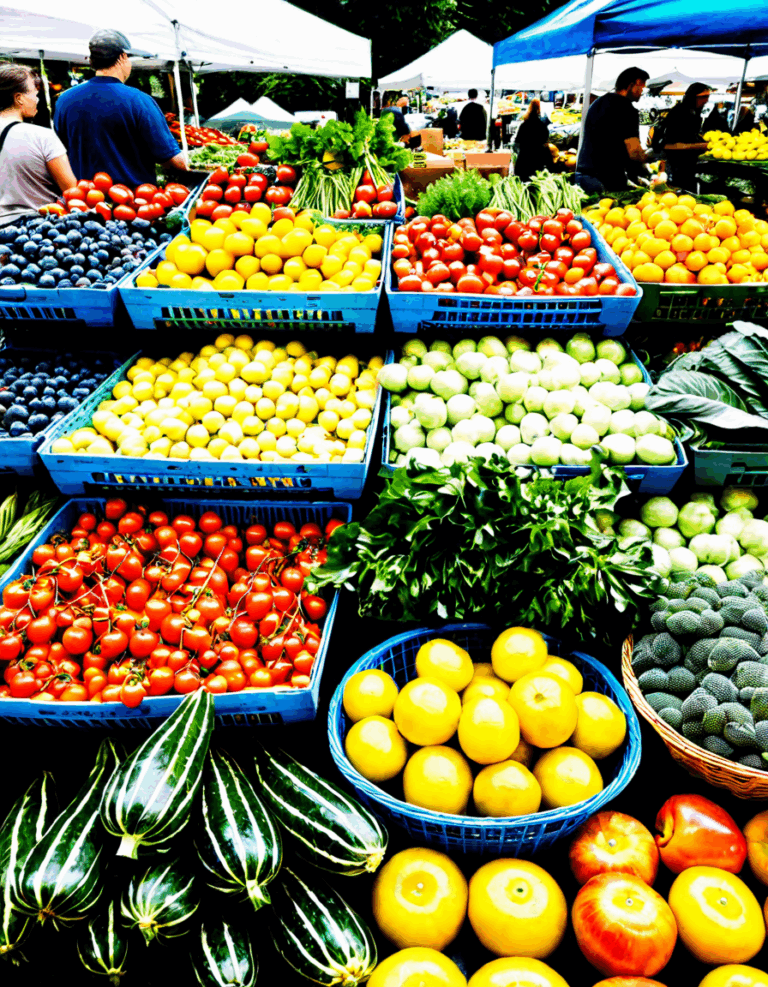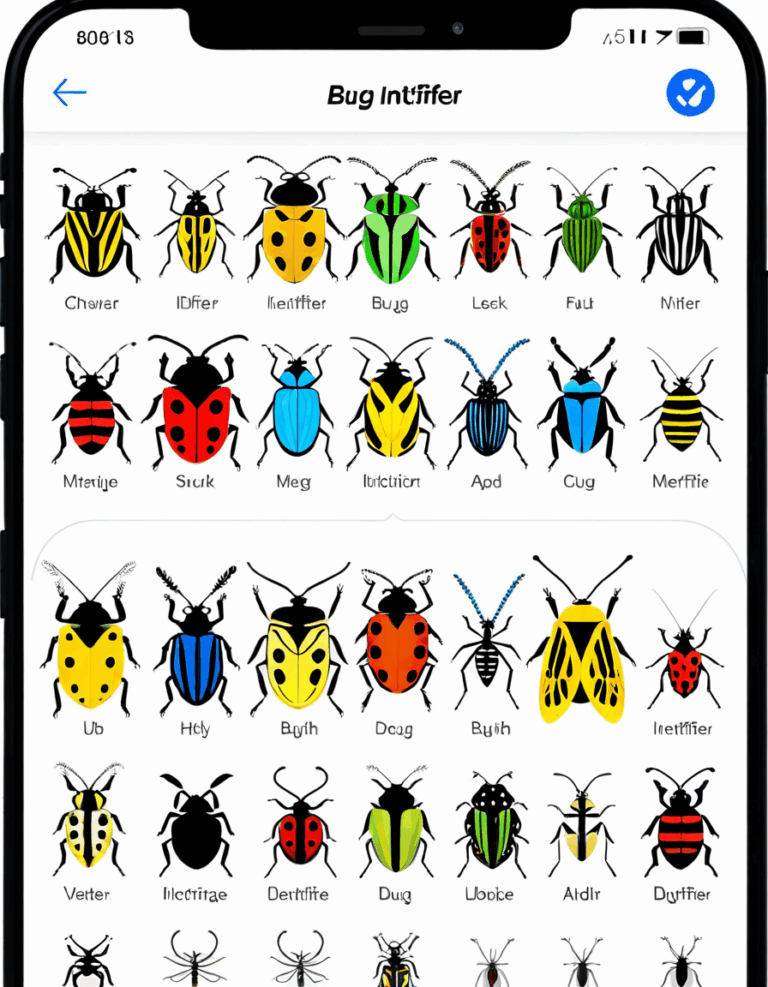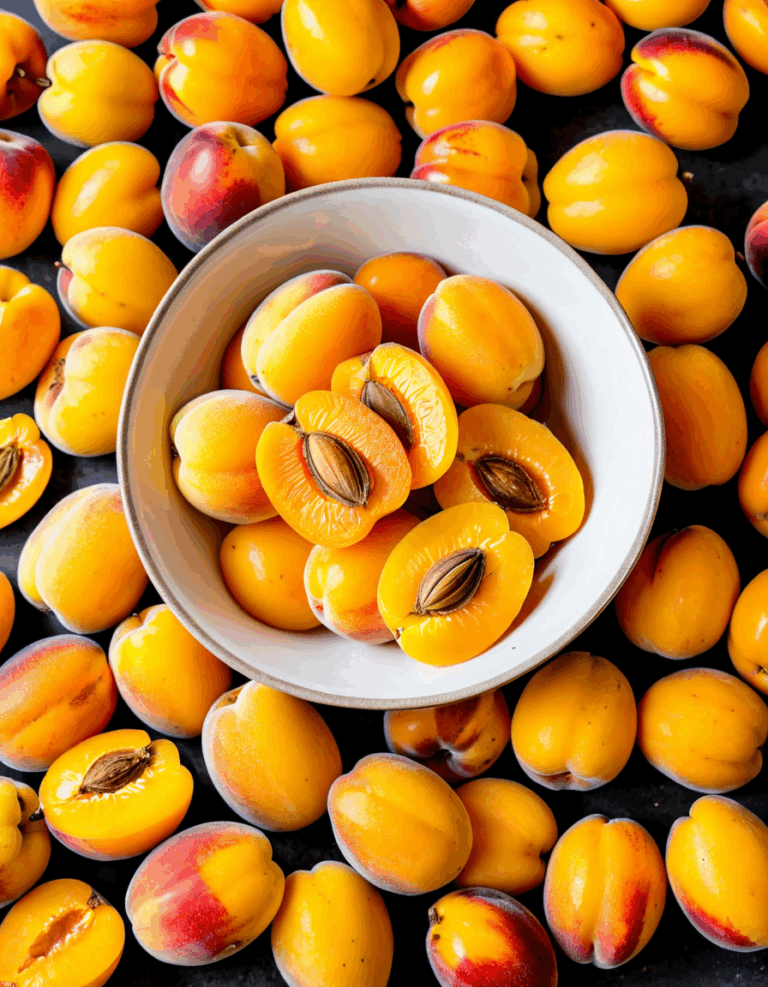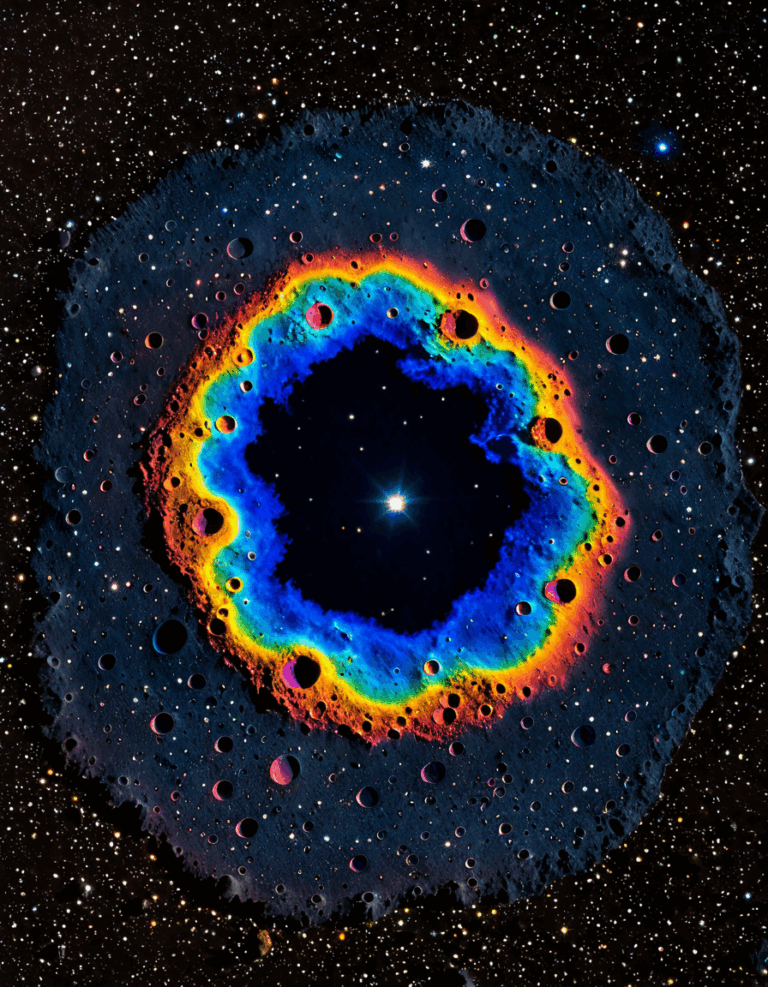Balancing chemical equations isn’t just the stuff of textbooks; it’s a cornerstone of chemistry essential for anyone diving into this fascinating field. At its core, this process reflects the Law of Conservation of Mass, which states that matter can’t be created or destroyed in a chemical reaction. That’s right—what you start with is what you end up with, just rearranged. Grasping how to balance chemical equations boosts your comprehension of chemical reactions, laying a solid foundation for tackling more advanced concepts like stoichiometry and reaction kinetics.
Diving into balancing chemical equations helps ignite a passion for science, transforming the dry data we often see into a vibrant understanding of how the elements around us interact. Many students find themselves stuck in the struggle, facing equations that feel overwhelming at first glance. Fortunately, mastering the art of balancing chemical equations can actually be fun when you approach it with the right mindset and methods. Let’s unpack a few effective strategies that will have you mastering this skill in no time.
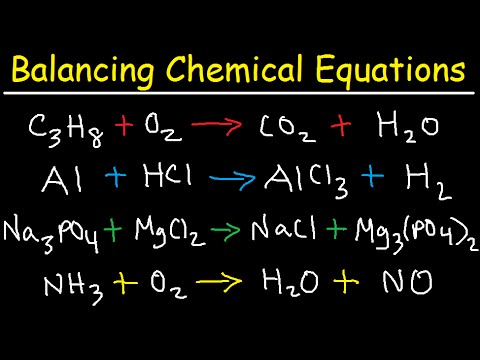
Why Balancing Chemical Equations is Essential for Chemistry
Balancing chemical equations opens up a world of understanding that extends far beyond simple calculations. When you understand how to ensure the number of atoms stays constant across a reaction, you gain the ability to predict outcomes of reactions, assess reactant usage, and even evaluate reaction efficiency. Think of it like knowing how to read the map of the chemical landscape—it helps you navigate complex scientific ideas seamlessly.
This isn’t just academic knowledge; it applies to real-world scenarios. For example, when engineers are designing systems for fuel combustion or pharmaceuticals, they must account for balanced reactions to ensure efficiency and safety. In areas such as environmental science, balancing chemical equations allows scientists to understand pollutant interactions. Thus, learning how to balance these equations not only benefits students but also serves practical applications in multiple industries.
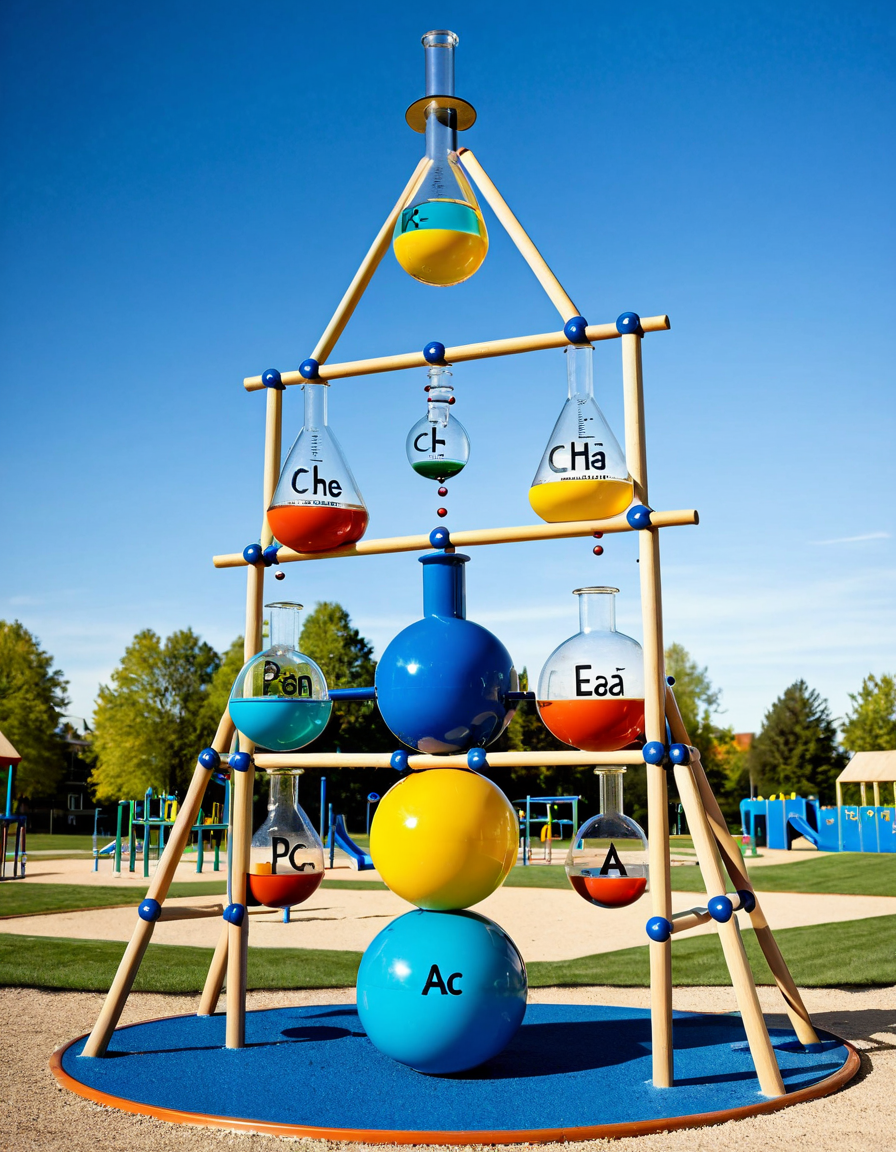
Top 7 Effective Strategies for Balancing Chemical Equations
Balancing chemical equations may seem intimidating, but with the right tactics, it becomes much more approachable. Here are seven tried-and-true strategies that can make the balancing act simpler:
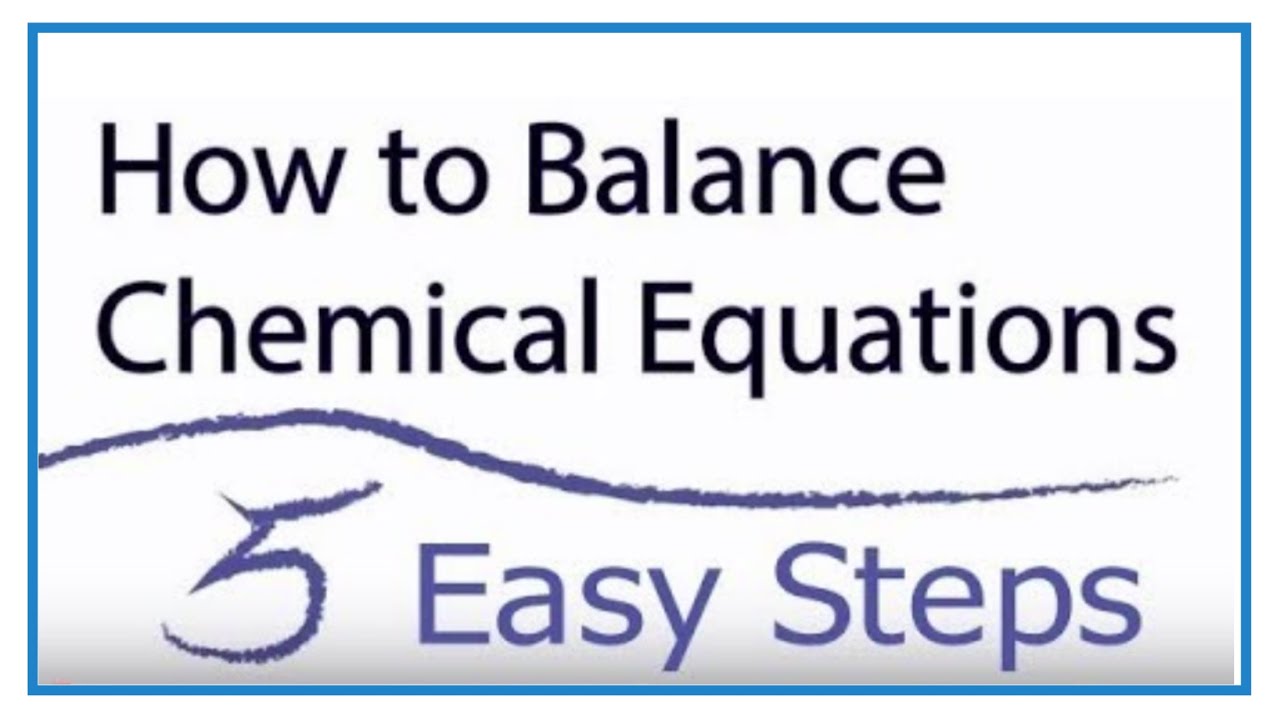
How Tools Enhance Understanding of Balancing Chemical Equations
As we step deeper into 2026, today’s chemistry learners boast an arsenal of digital tools, all designed to make balancing chemical equations straightforward and engaging. Applications like ChemDoodle aren’t merely about algorithms; they’re revolutionizing how students interact with chemical concepts, allowing them to visualize the reactions, leading to better retention.
In addition, platforms like Wolfram Alpha elevate the learning experience by unraveling complex equations, helping students see how molecular structures influence outcomes. This isn’t just about filling in blanks; it’s about fostering comprehensive insights that link theoretical concepts to practical applications.
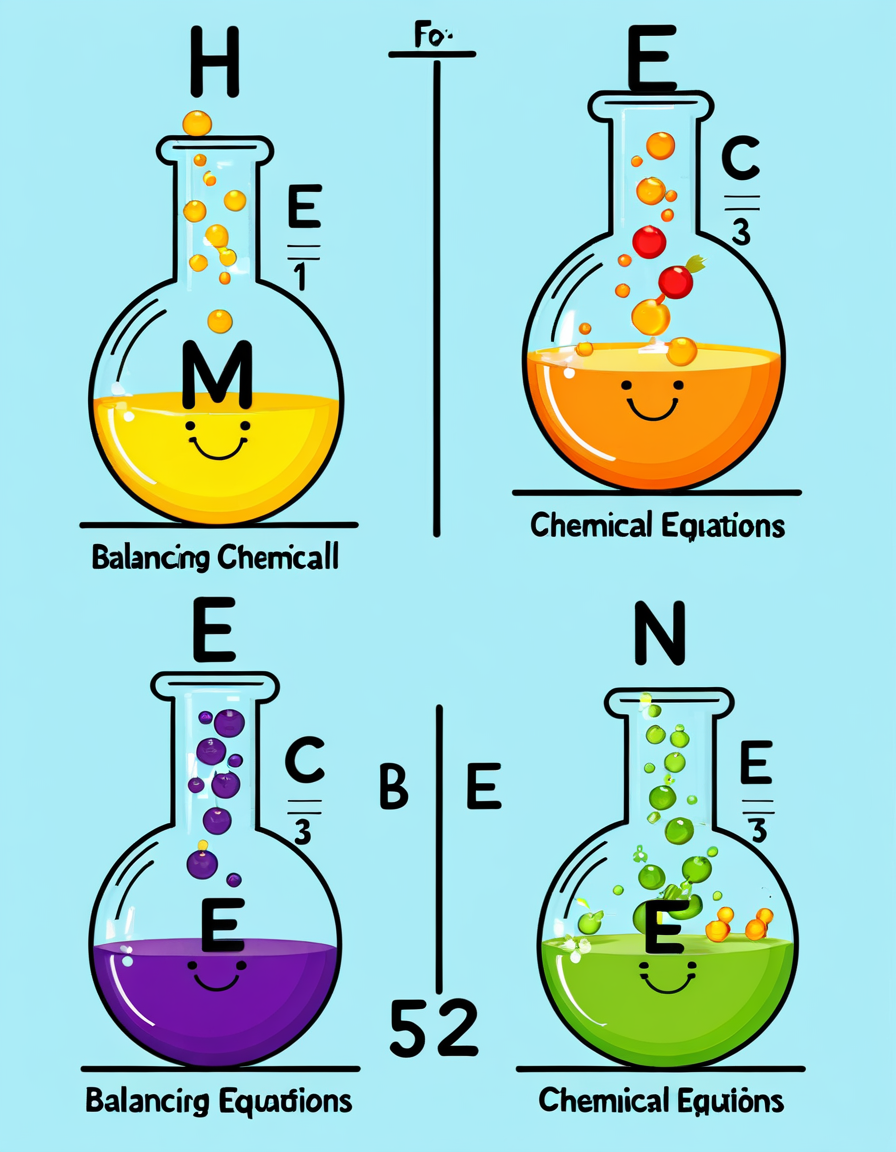
The Role of Visualization in Learning Chemistry Concepts
When grappling with the abstract nature of chemistry, embracing visual strategies works wonders. Incorporators of visual methods, such as Molecular Workbench or PhET Interactive Simulations, can remove barriers—transforming abstract equations into tangible experiences.
For those who struggle understanding these concepts, these platforms breathe life into chaos, allowing learners to experiment and witness dynamic changes. Engaging multiple senses in the learning process helps anchor knowledge about balancing equations.
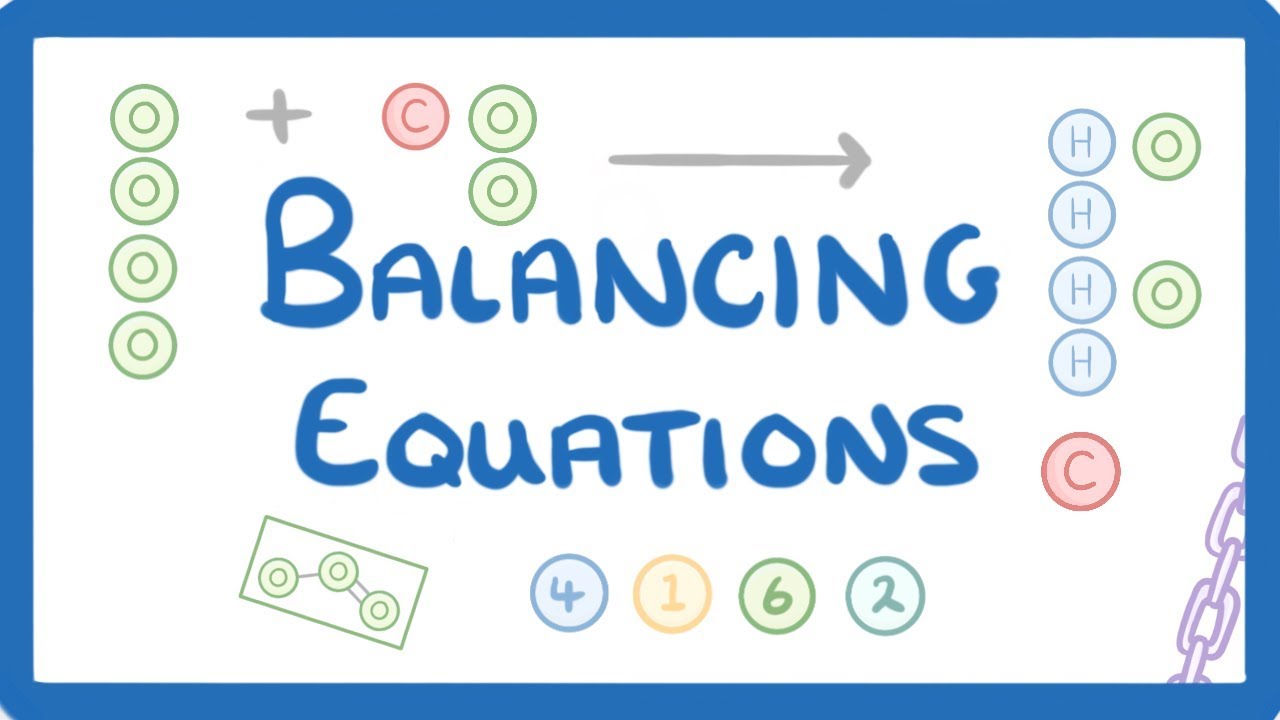
Innovations in Chemistry Education: Merging Fun with Learning
As the twenty-first century flows forward, educational approaches pivot towards enhancing student engagement. Integrating gamification into chemistry lessons is reshaping how students relate to balancing chemical equations, turning the classroom into a lively arena where creativity meets knowledge.
Cutting-edge approaches involve augmented reality (AR), making it possible for users to immerse themselves in 3D simulations of molecular relationships. With AR tools, students can visualize interactions as molecules collide and reshape, making balancing equations feel more like an adventure instead of a chore.
Making Chemistry a Fun Experience
Balancing chemical equations can unveil opportunities for enjoyment in the world of chemistry. By integrating innovative tools and engaging strategies, what once felt like a chore transforms into a captivating puzzle to solve. Embracing modern technology coupled with interactive platforms invites both excitement and mastery into the chemistry classroom.
In conclusion, with a dynamic blend of understanding, technology, and creativity, the complex task of balancing chemical equations becomes manageable, paving the way for fresh generations eager to explore the world of science. Equip yourself, gear up, and remember: balancing isn’t just about counting atoms; it’s about unlocking a universe of scientific wonders waiting just beyond the equations.
Balancing Chemical Equations Made Simple and Fun
Fun Facts About Balancing Chemical Equations
Balancing chemical equations isn’t just for chemistry nerds; it’s a skill we all encounter in daily life, like reading a New york subway map() to find the quickest route. Just as you wouldn’t want to take the long way around, balancing equations ensures that the same number of atoms on the reactants side equals those on the products side. Here’s a fun twist: Did you know that some of the most famous chemical reactions can produce unexpected byproducts, like the formation of mustard gas() when certain chemicals meet under specific conditions? It’s a reminder that while balancing keeps things orderly, chemistry can sometimes be a bit unpredictable!
Now, let’s dive deeper into the science behind balancing. Each equation reflects the very essence of conservation. Think about it: in the same way one packs My backpack() for an adventure, chemists ensure they have the right “ingredients” before heading out into the lab. You’ve probably learned that even a tiny error in balancing can lead to big misunderstandings, much like saying no in German() can sometimes throw off a conversation. Balancing equations is the key to keeping those molecules communicating properly!
Lastly, it’s worth noting that balancing chemical equations shares similarities with crafting a good outfit, much like choosing the right pair of timberland Boots For Women.(.) You’ve got to make sure everything matches up to make a fashion statement or, in this case, a scientific one! And as we continue to explore this subject, remember that engaging with science doesn’t always require a microscope; it can be as effortless as learning about different cultures, like the uniqueness you discover when indulging in china fun.(.) So, next time you encounter a chemical equation, think of how balancing these reactions is just another piece of the grand puzzle of science!















